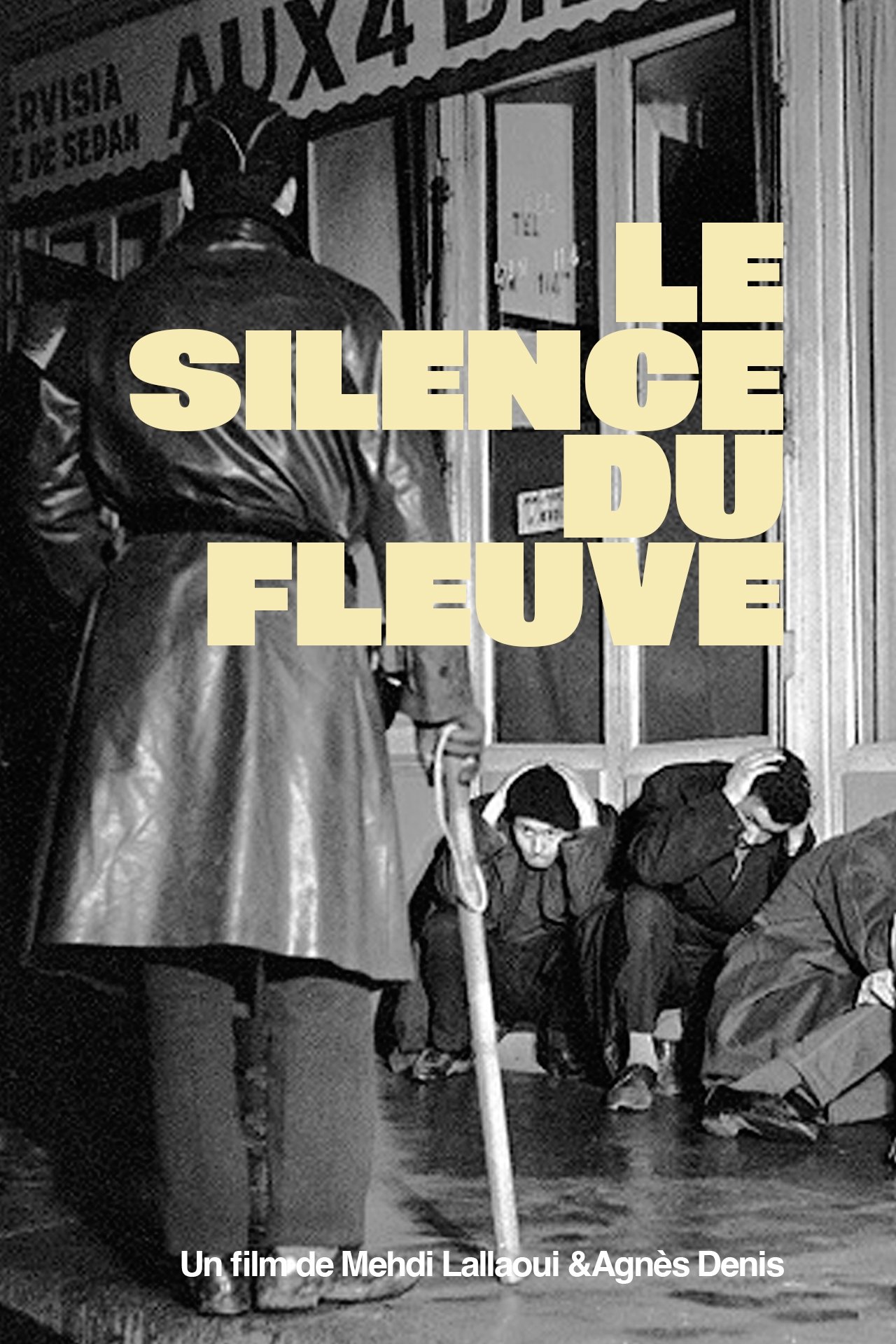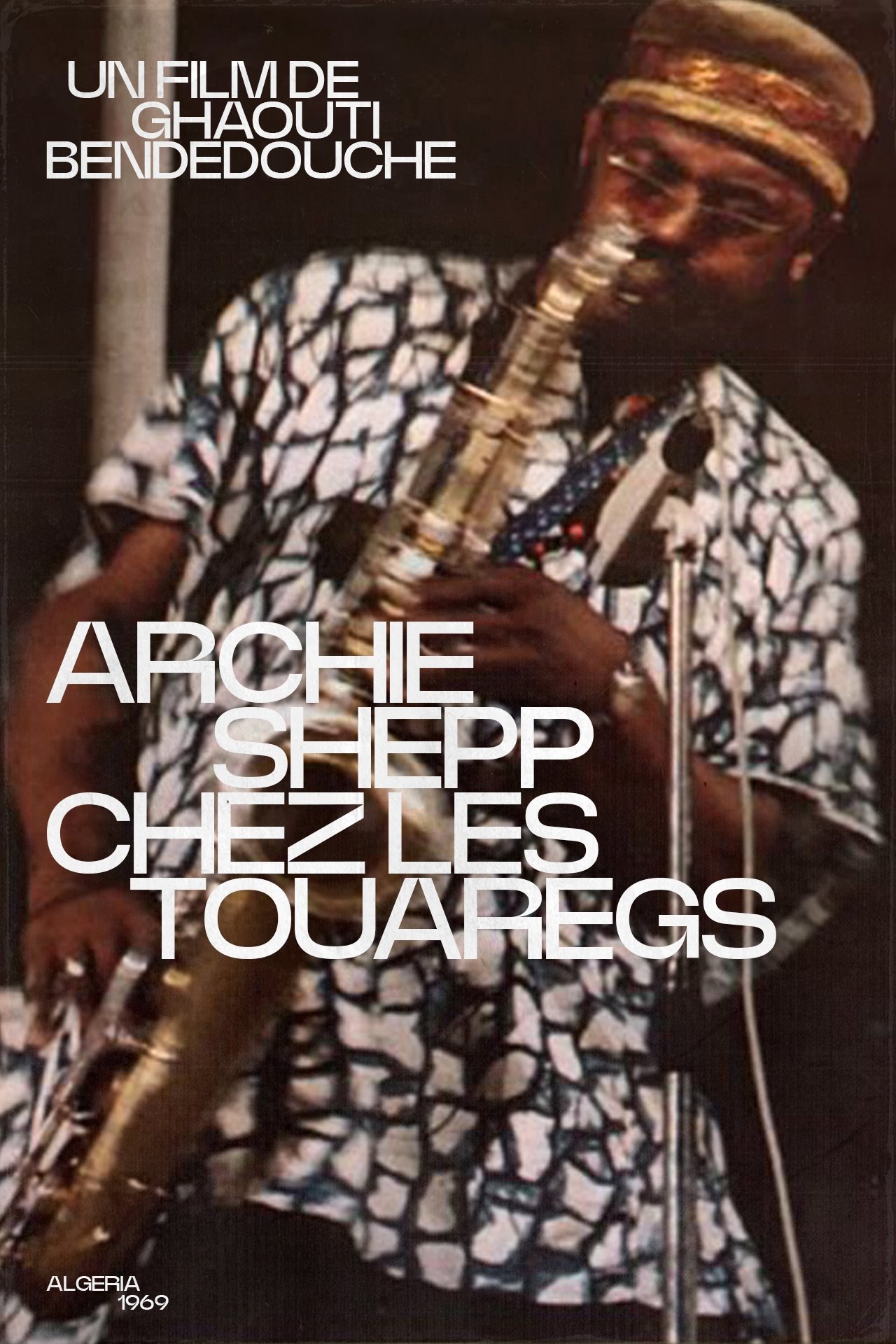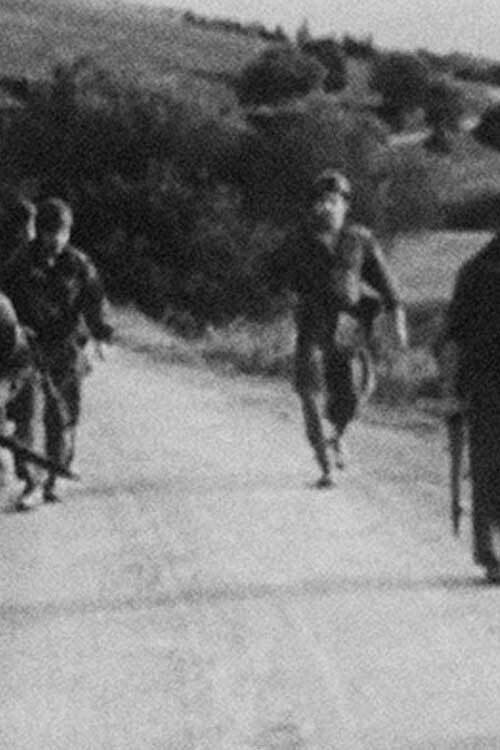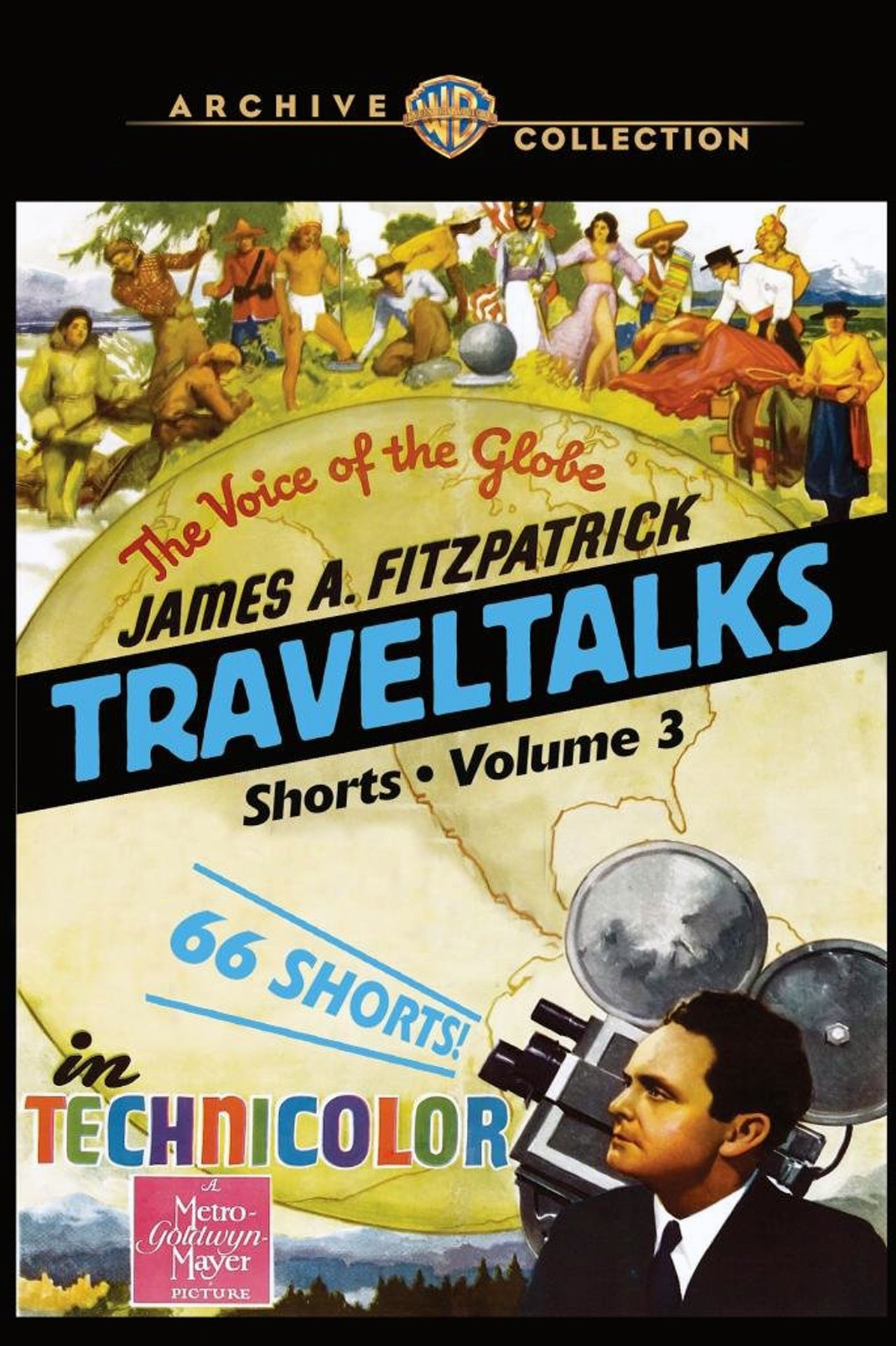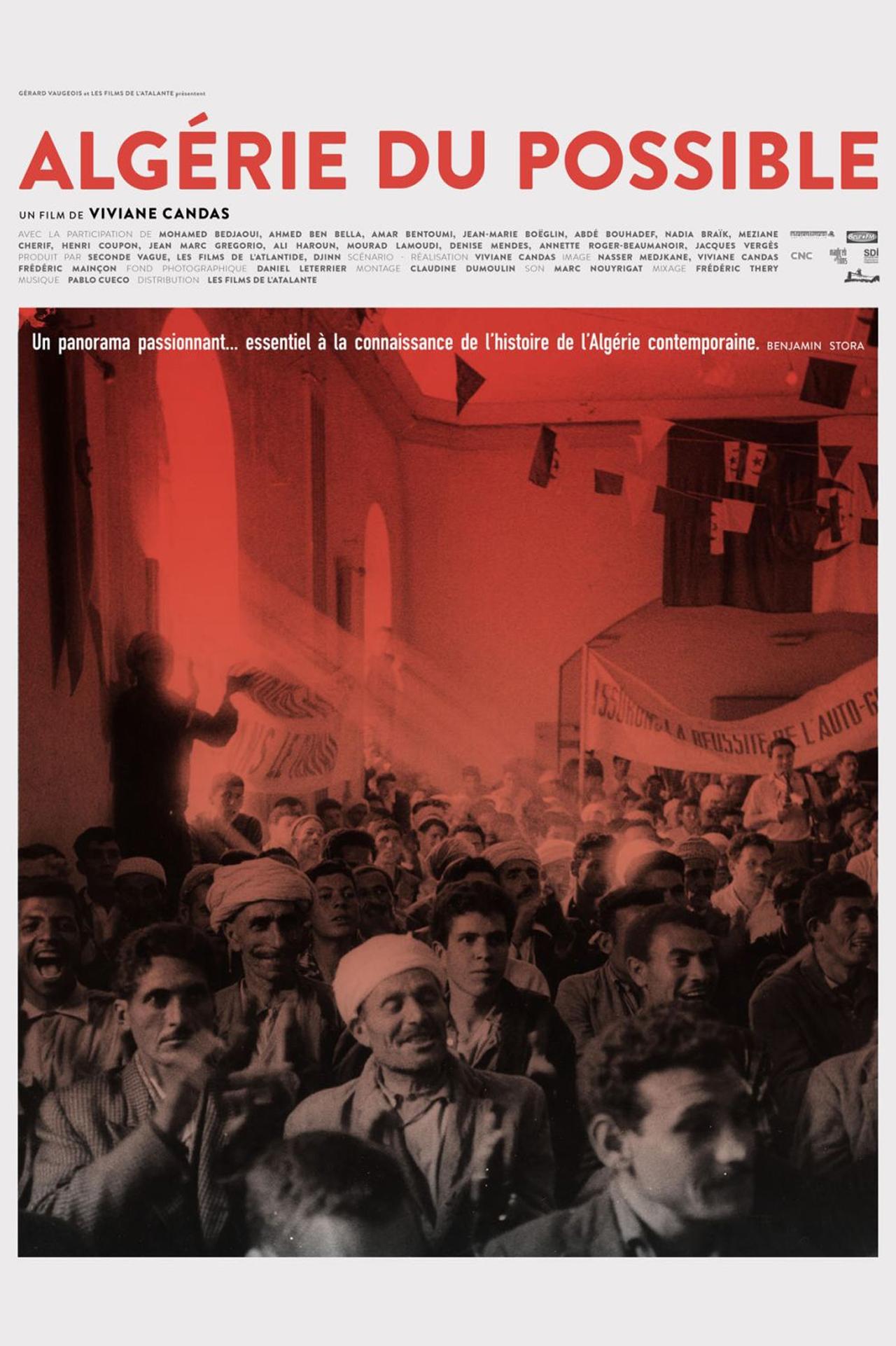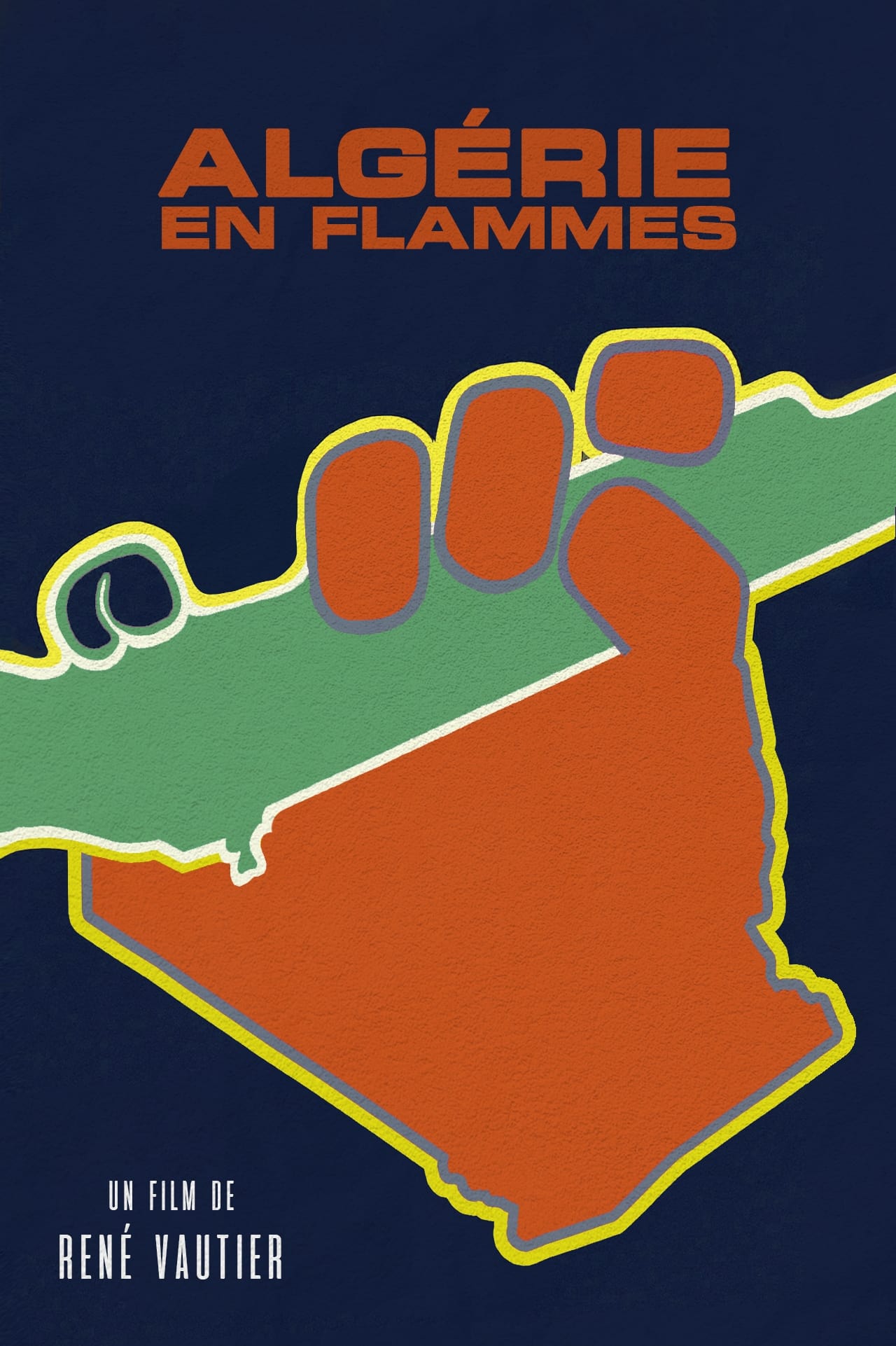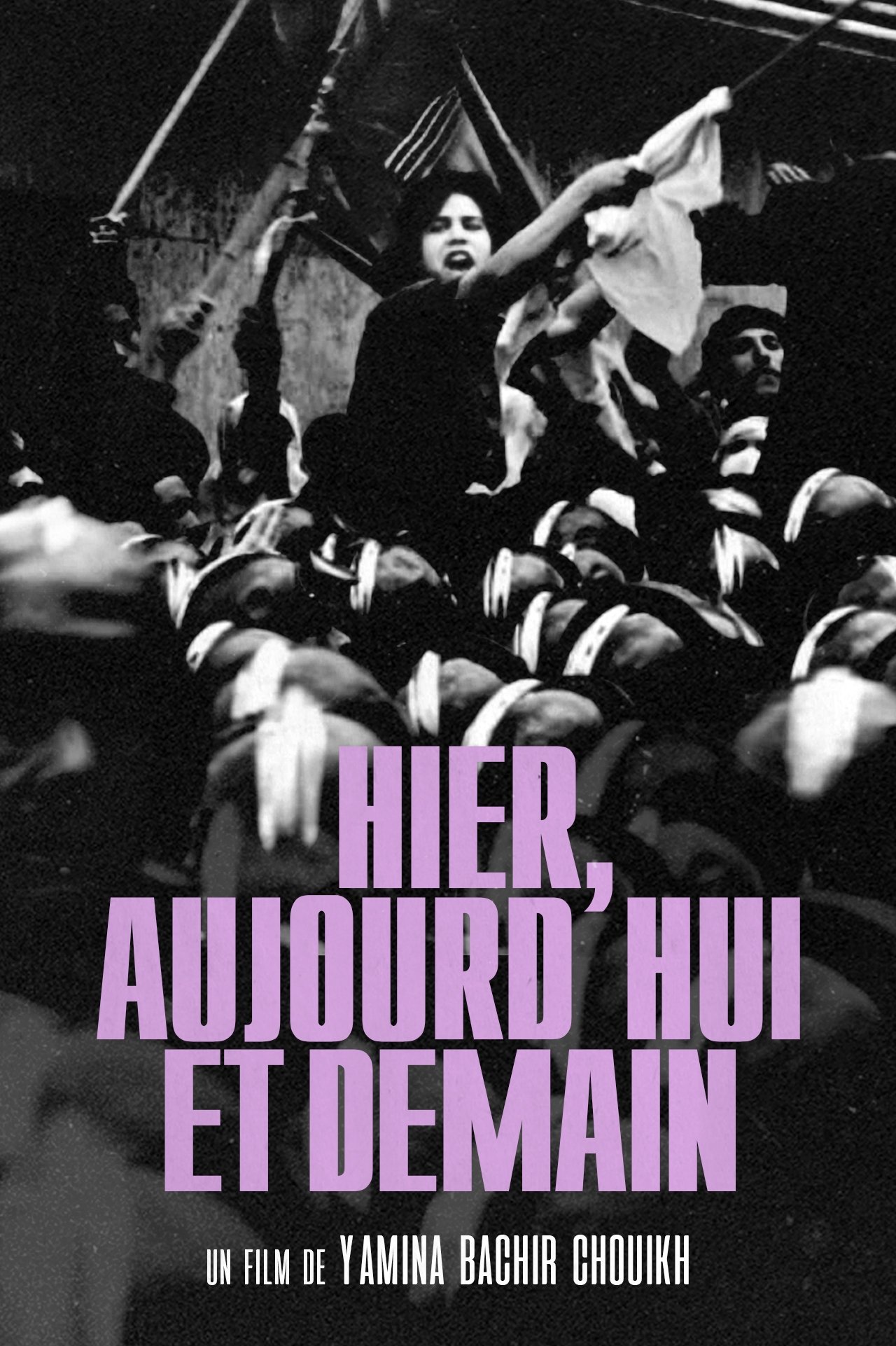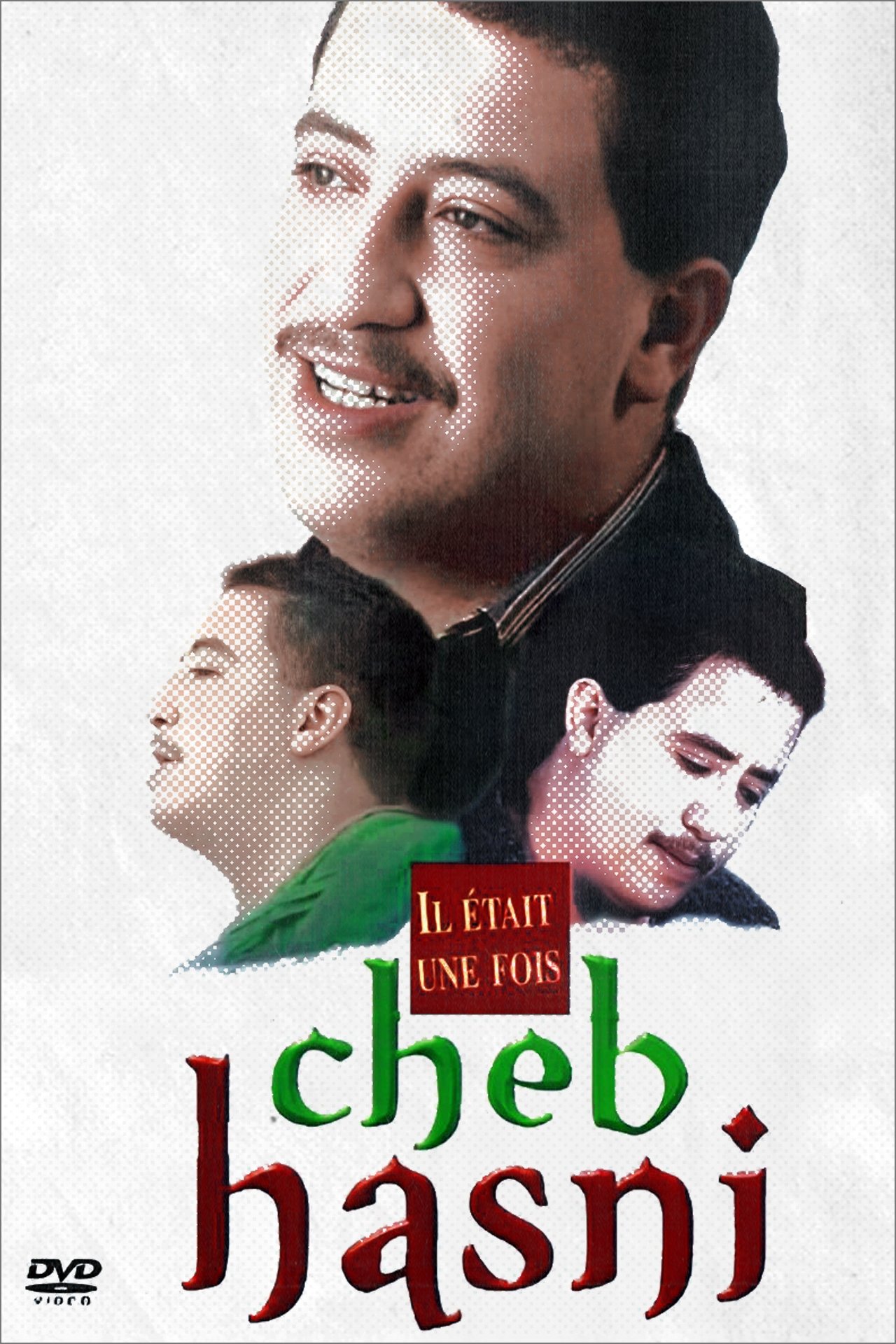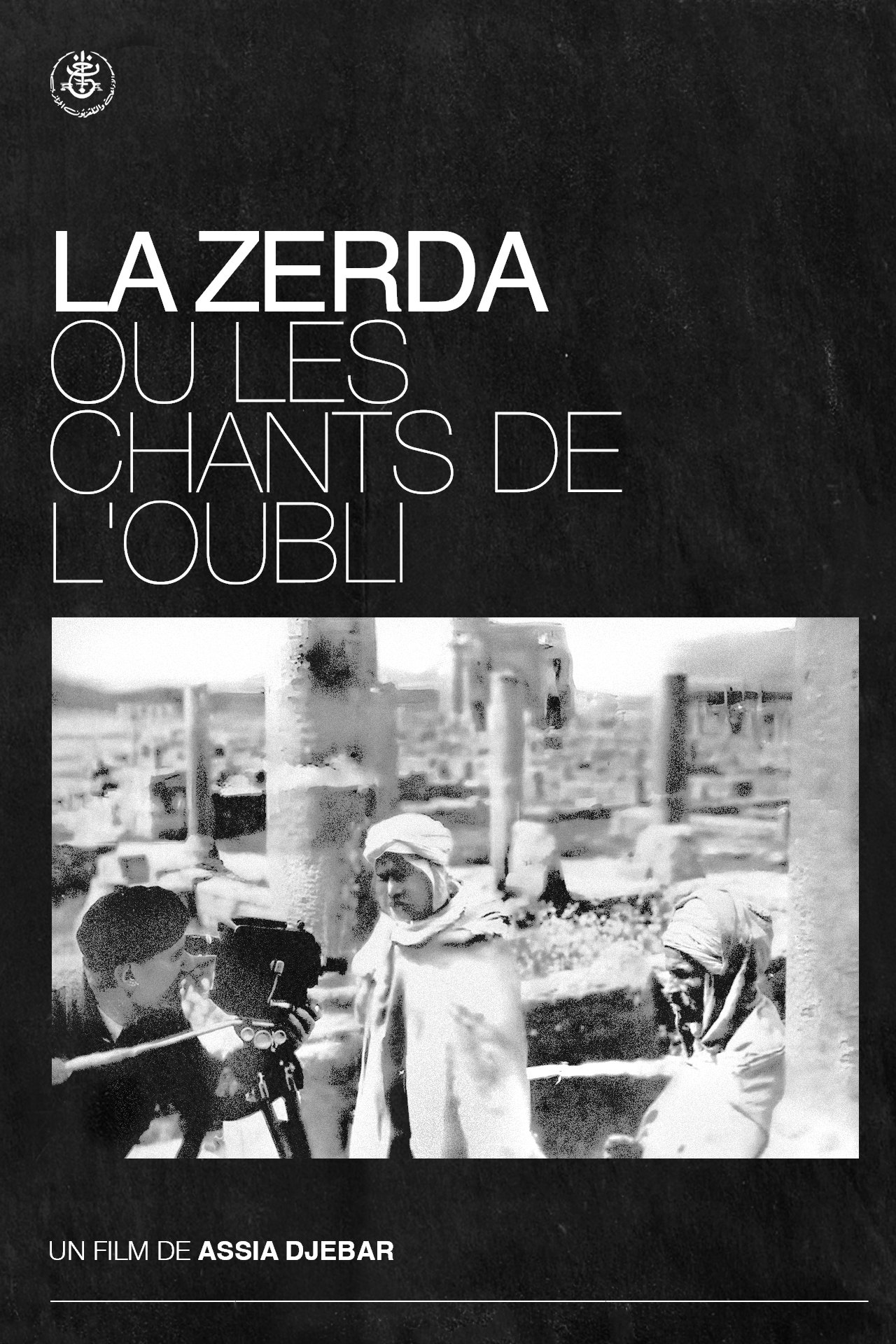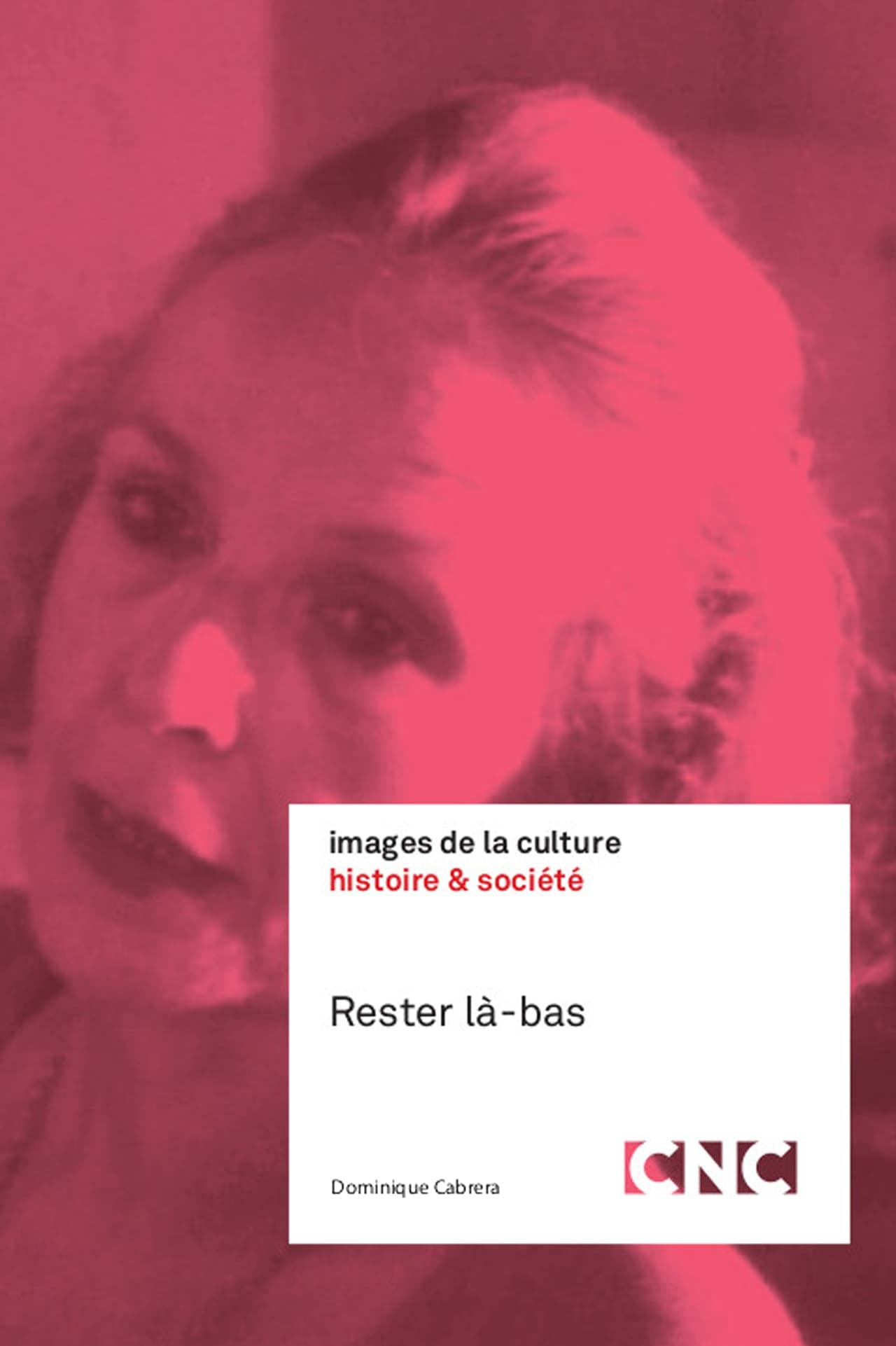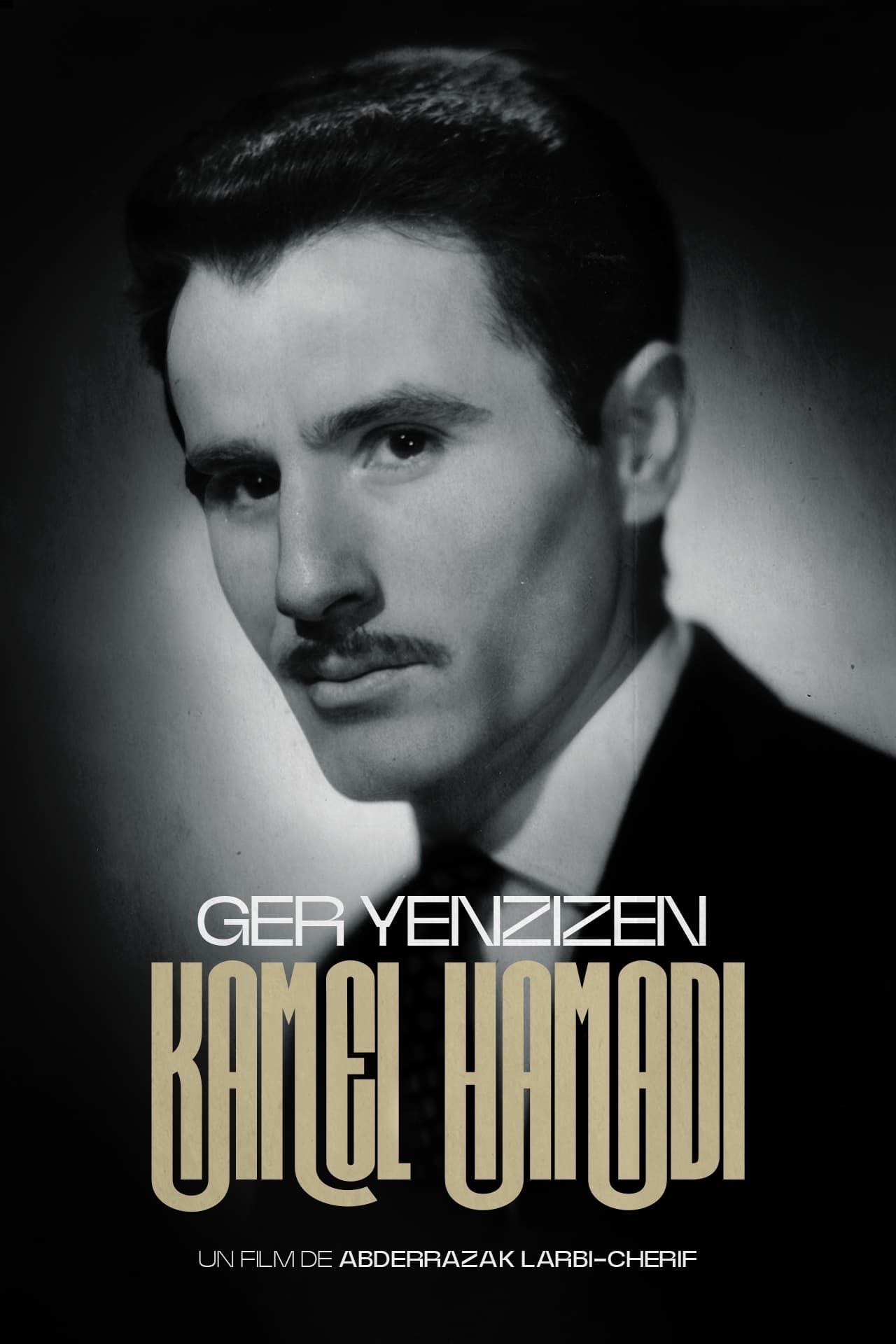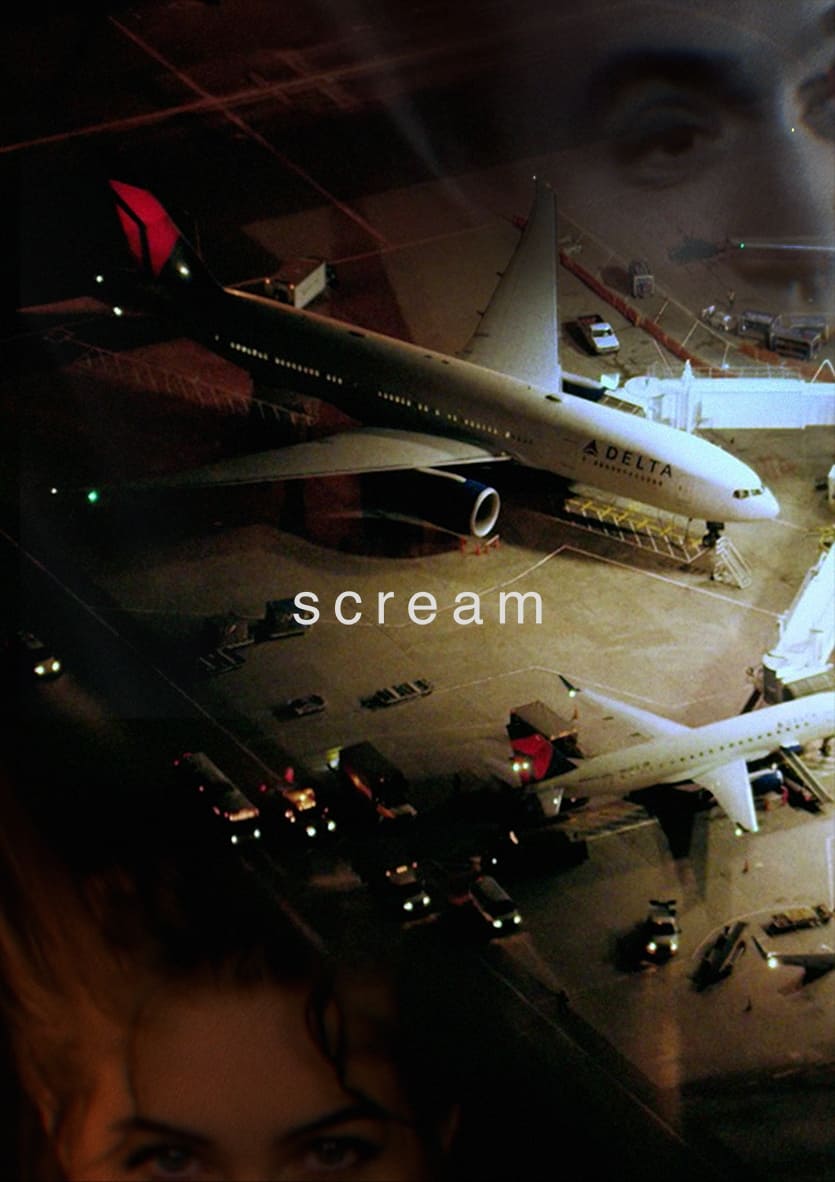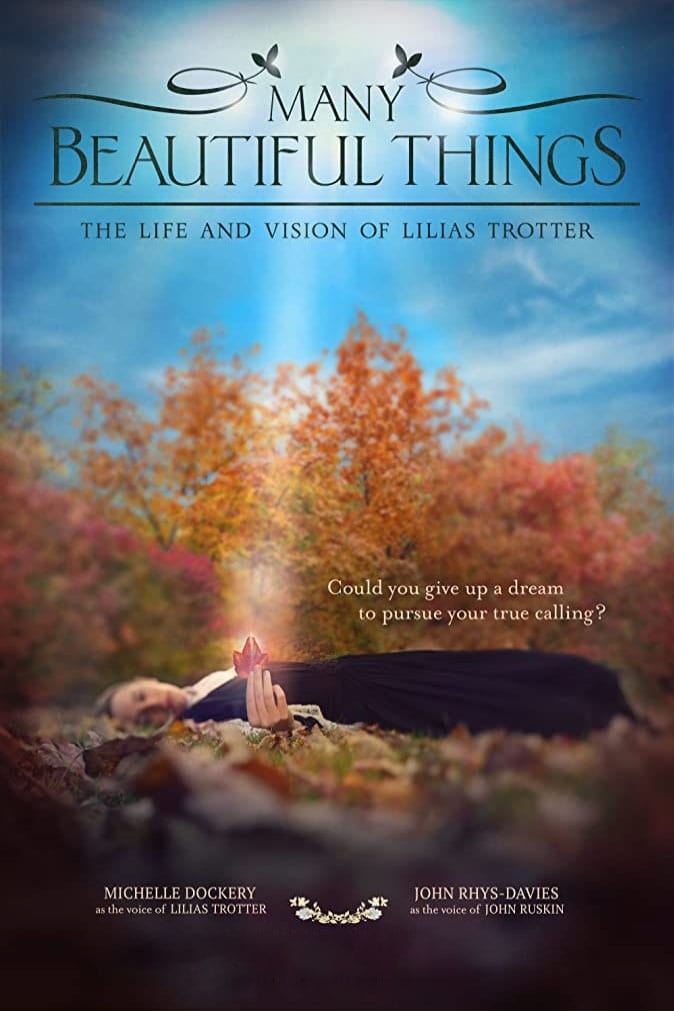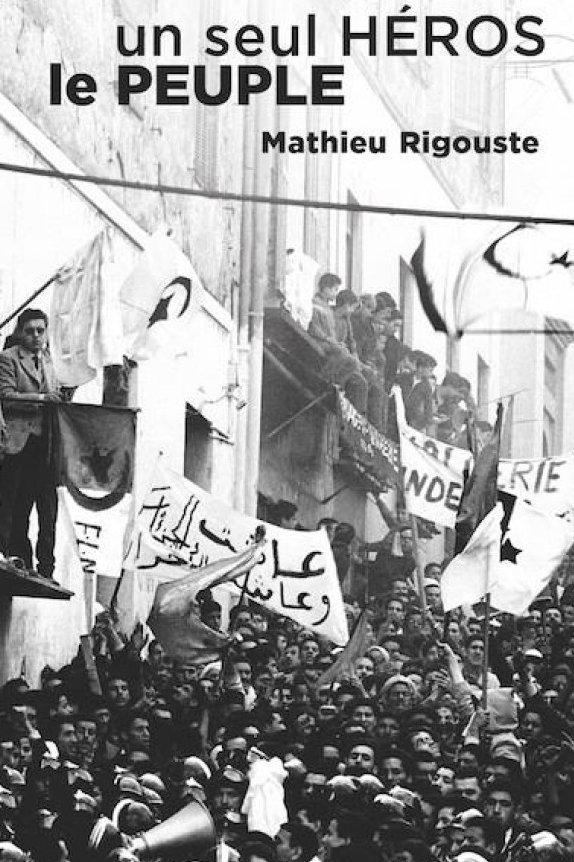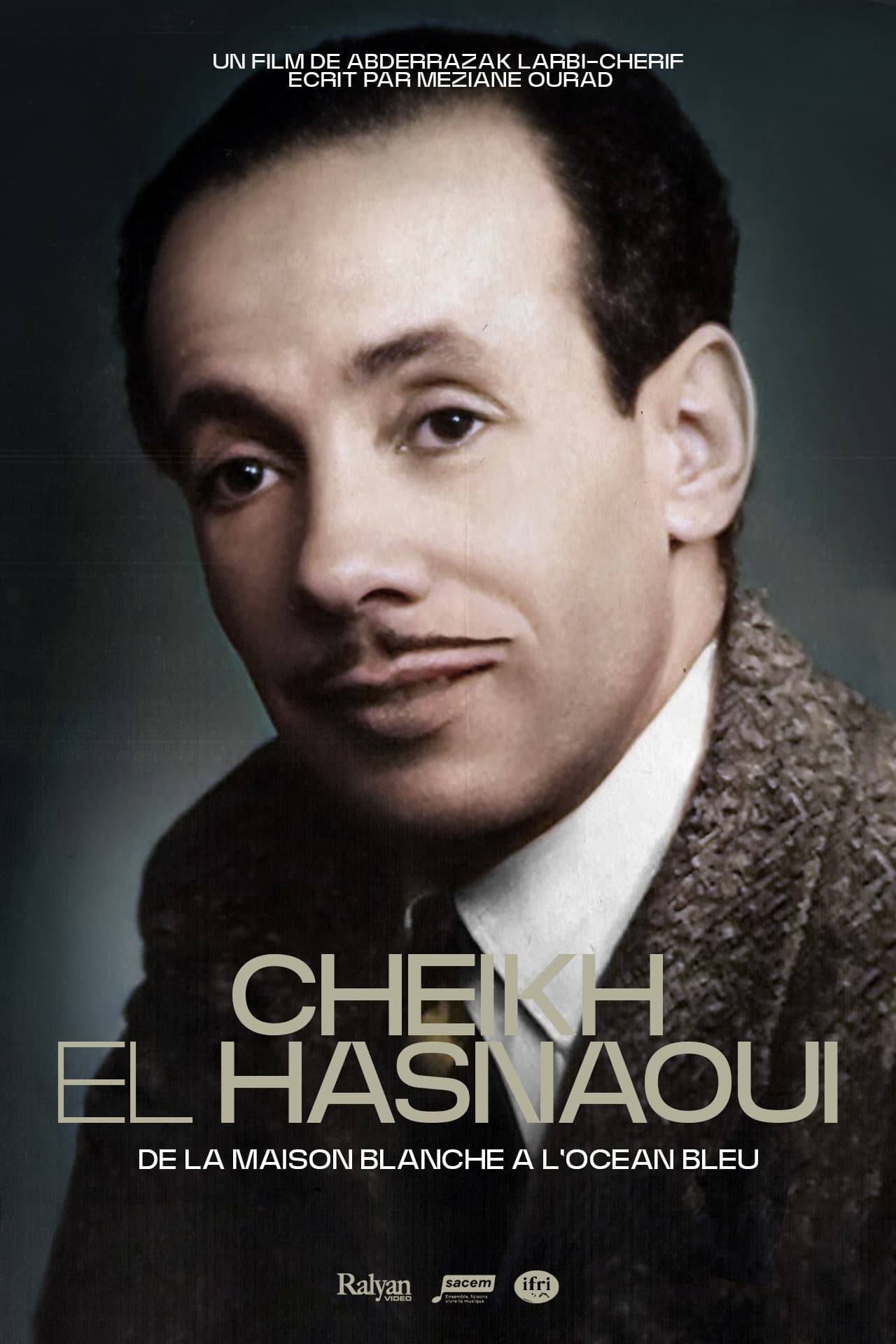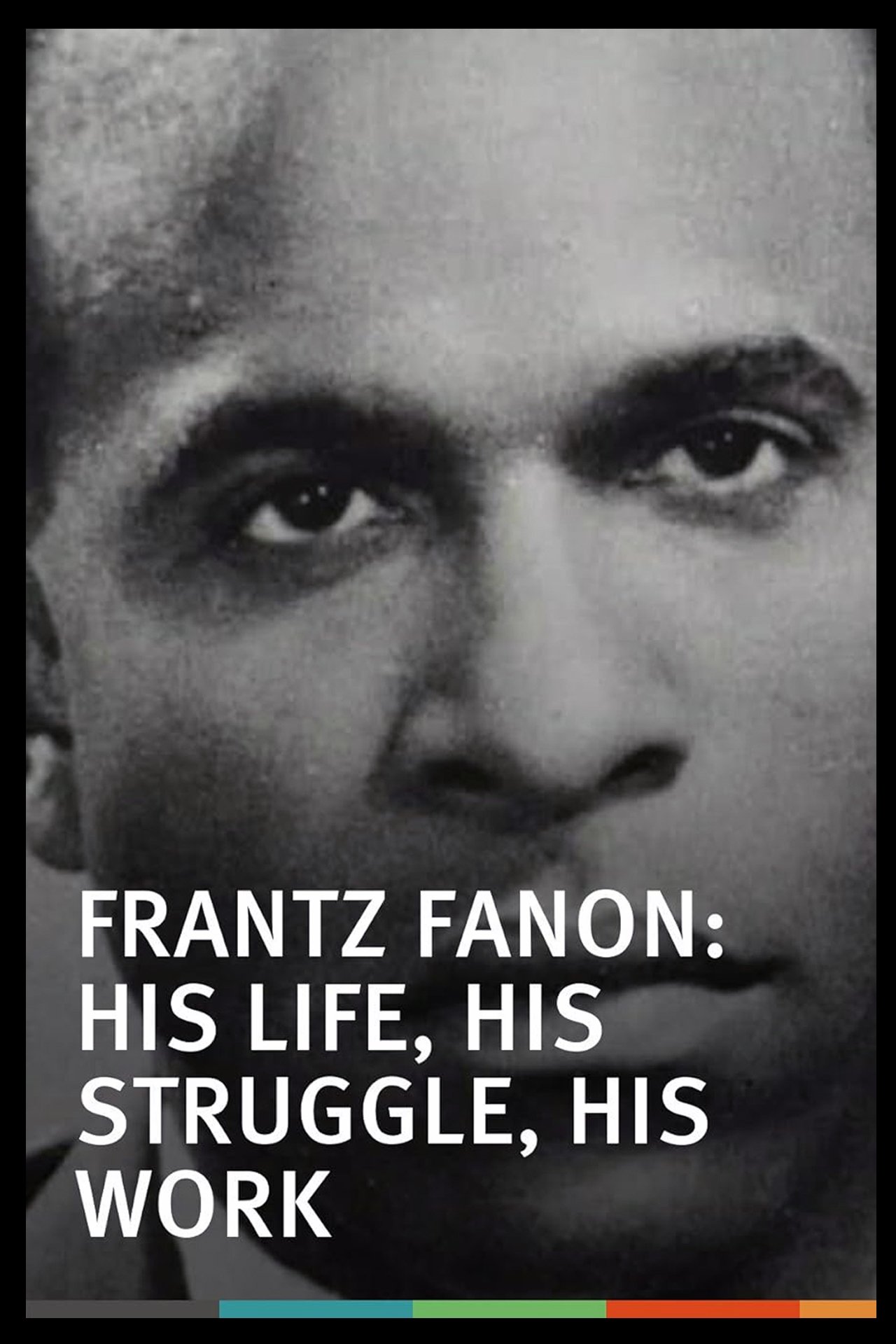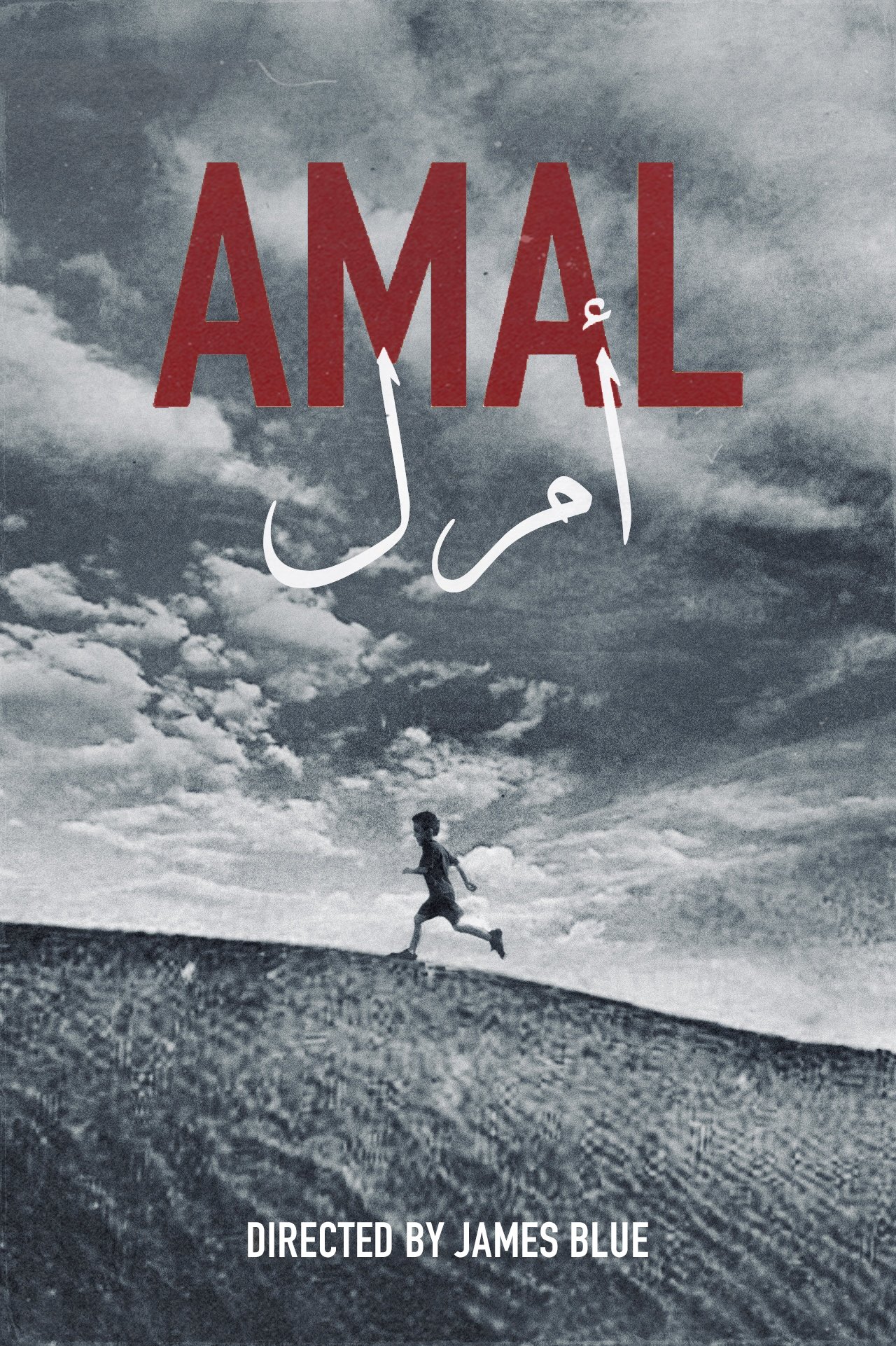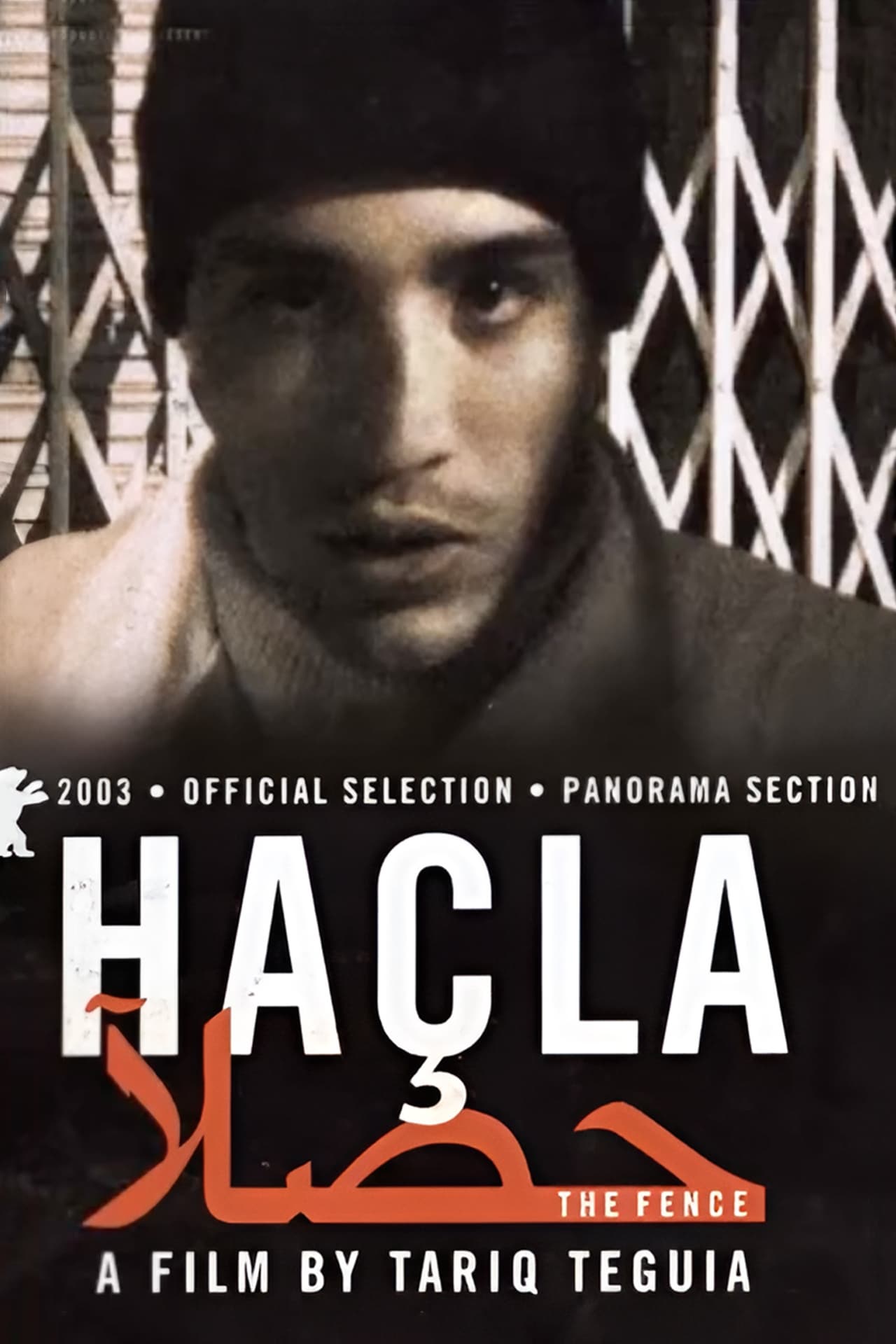
The Fence (2003)
Released:
2003-10-03
Duration:
24min
Genres:
Documentary
Rating 8.7
Overview
The Fence is a cry! In the aftermath of the civil war which bloodied Algeria, Tariq Teguia interviews the young people of Bab El Oued who express their anger. In the fixed shots in which they testify, Tariq Teguia alternates wanderings in a car which extend those of Ferrailles d’anticipations. And it is the violence of confinement that dominates, coupled with the desire for something impossible elsewhere.
Production Companies
Mandala Productions
Additional Info
| Budget | $0.00 |
|---|---|
| Revenue | $0.00 |
| Original Language | ar |
| Popularity | 0.2621 |
Directed By
Tariq Teguia
Crew
Director
Tariq Teguia
Tariq Teguia
Writer
Tariq Teguia
Tariq Teguia
Cinematography
Djamel Khitab
Djamel Khitab
Sound
Yacine Teguia
Yacine Teguia
Sound
Samir Lasauva
Samir Lasauva
Editor
Andrée Davanture
Andrée Davanture
Editor
Raphaëlle Uriewicz
Raphaëlle Uriewicz
